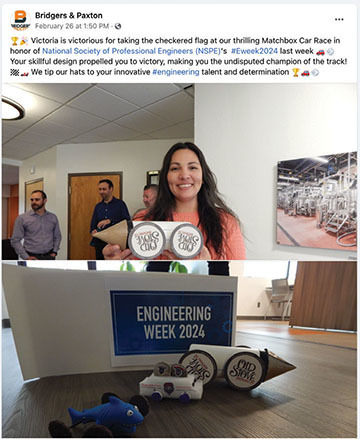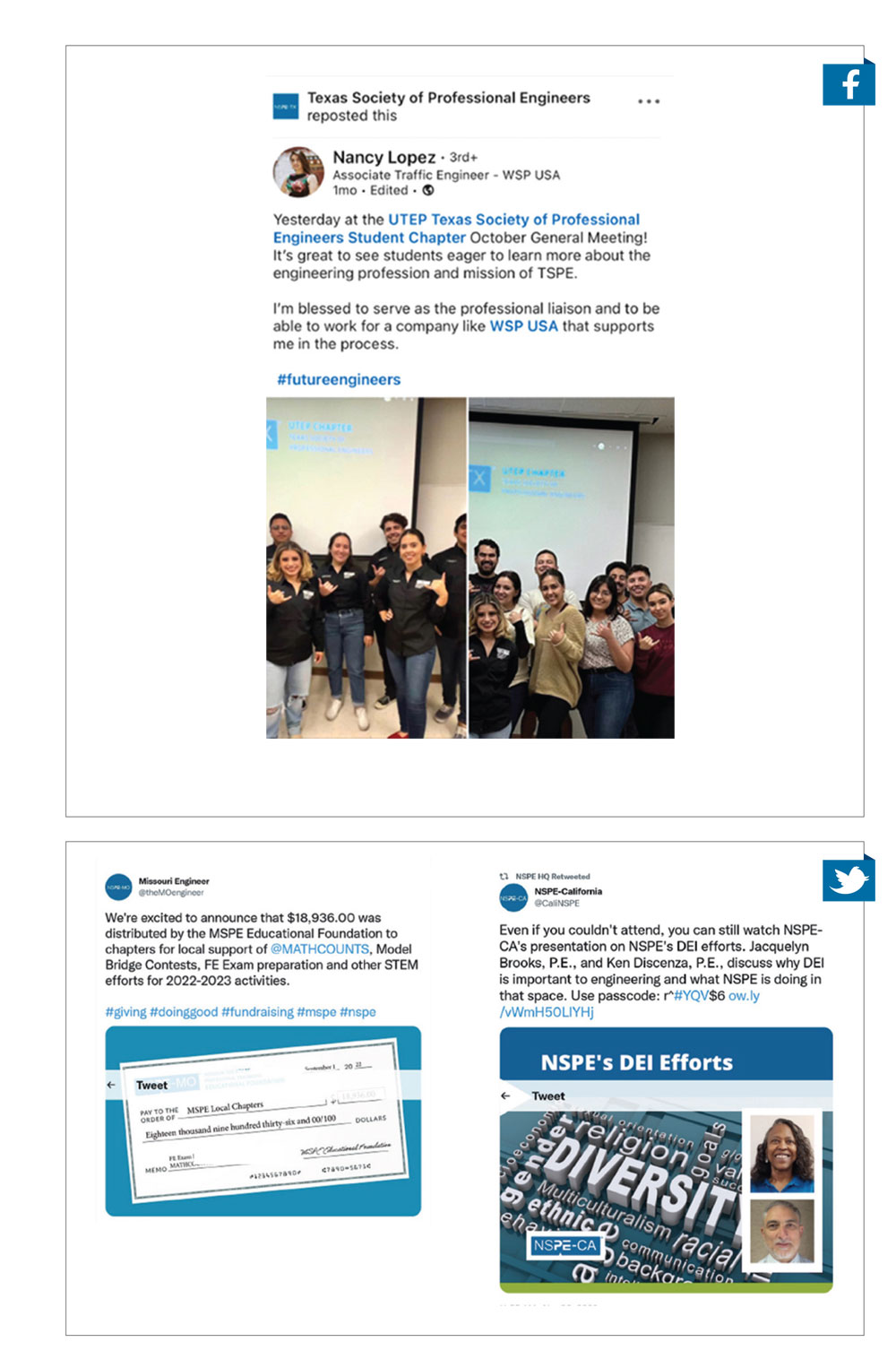July 2014
Letters
Project Buy-In
When I read the article “Cures for Project Management Headaches” last year (July 2013, p. 28), I was reminded of projects I had managed for a utility years ago and thought I would add my perspective.
 Over the years, I managed projects for a utility and found that many were developed by management and were not really embraced by those that would be using the results. The largest project I was given the opportunity to manage was valued at $20 million. It involved the entire company plus a subsidiary and covered 2,500 square miles. Having worked in several of the departments that would ultimately use the final system, I also understood the importance of its proper completion. Prior to obtaining management approval, we approached all of the relevant departments and got their support.
Over the years, I managed projects for a utility and found that many were developed by management and were not really embraced by those that would be using the results. The largest project I was given the opportunity to manage was valued at $20 million. It involved the entire company plus a subsidiary and covered 2,500 square miles. Having worked in several of the departments that would ultimately use the final system, I also understood the importance of its proper completion. Prior to obtaining management approval, we approached all of the relevant departments and got their support.
Our local management approved the plan and we developed the project, including the cost and implementation plan over four years. Our team went to senior management and obtained approval for the entire expenditure rather than having to return yearly for the next allocation. The reason we were able to do this was that we had the support of all the end-use departments, both management and field personnel.
We then proceeded with obtaining bids, evaluating, and selecting our primary contractor. Once that was done we proceeded with building the actual project, getting the support components together in advance of the equipment that would be installed. Of course this required the assistance of not only those directly involved in the project but also all of the end-use departments in preparation for the installation of the equipment, while continuing to utilize the present equipment—very inconvenient but necessary as the company had to continue operation during the project completion and transition to the new system.
The actual completion of the project was quite simple, until you included all of the running adjustments that had to be made, personnel disagreements, subcontractor malfunctions, and power struggles with other managers that felt the project should have been theirs to manage. Fortunately, our department had the support of the entire company, both management and field personnel, and completed this project on time and under budget.
My point is that I believe no project will be entirely successful without the full support of all involved, both management and the field forces that will ultimately use the resulting project. The project manager must be a facilitator and bring together all involved to work as a unit with a common goal. I saw many projects that were never completed as they were not fully backed from the beginning, or the project manager and others involved did not have a common goal.
Project management requires much more than proper planning and implementation, and I believe that personal and personnel commitment along with the support of the final users is just as important for the successful completion of any project whether large or small.
Harold A. Schwartz, P.E.
Red Lion, PA
Doubting the Climate Consensus
Having spent the majority of my lifetime in the energy design business finding op-cost scenarios for my clients, I was offended by the conclusion drawn by Anne DeVries, P.E., in April’s PE (Letters, p. 3). In my opinion, the author lacks the CV, experience, and policy judgment to make her comments.
In 1992, I was convinced that the Kyoto Protocol had no basis in fact, and our US Senate never ratified it. That didn’t stop the UN from continuing to develop their nonscientific thesis, designed to extort monies from Western countries. President Eisenhower warned us about government/industry partnerships, but we never learn from history. Instead the politicians listened to environmentalists and government agencies. To date, the US has spent upwards of $150 billion on a worthless exercise.
I have come out of retirement to help stop this charade. More than 31,000 scientists, climatologists, environmentalists, and engineers have signed the “Petition Project,” which includes 9,000 PhDs, all challenging the anthropogenic global warming theory and its attack on the gas of life, CO2.
John M. Chenosky, P.E.
Alburtis, PA
Correction
The photo at the bottom right on p. 40 of the April issue is of the S.S. Cristobal in August 1914.


 Volunteering at NSPE is a great opportunity to grow your professional network and connect with other leaders in the field.
Volunteering at NSPE is a great opportunity to grow your professional network and connect with other leaders in the field. The National Society of Professional Engineers (NSPE) encourages you to explore the resources to cast your vote on election day:
The National Society of Professional Engineers (NSPE) encourages you to explore the resources to cast your vote on election day:





